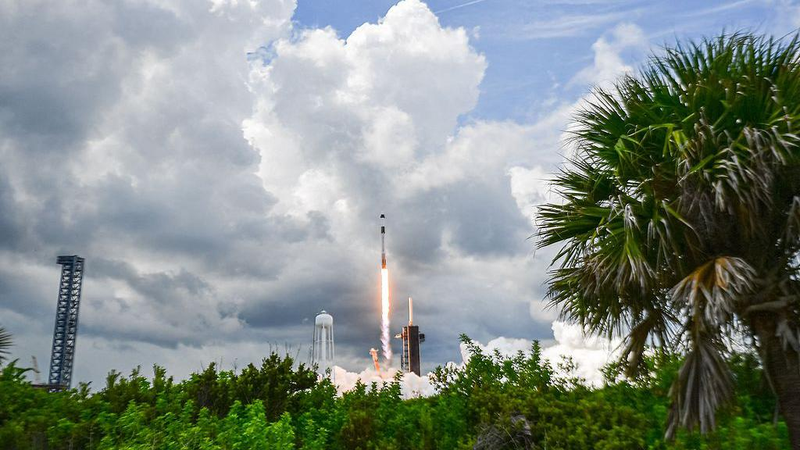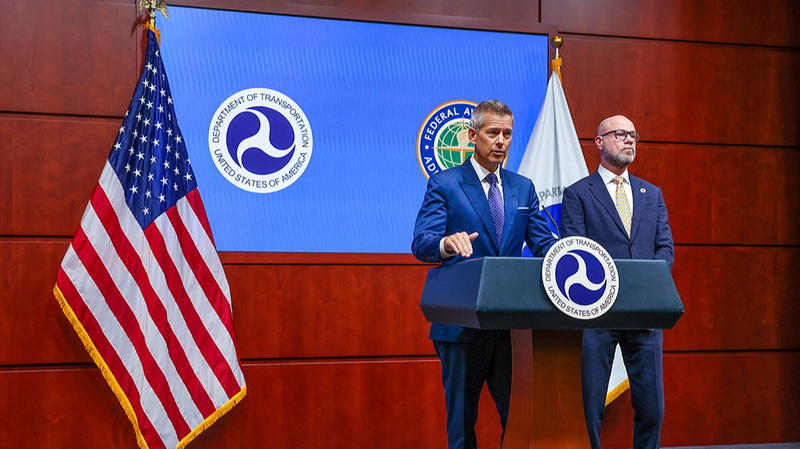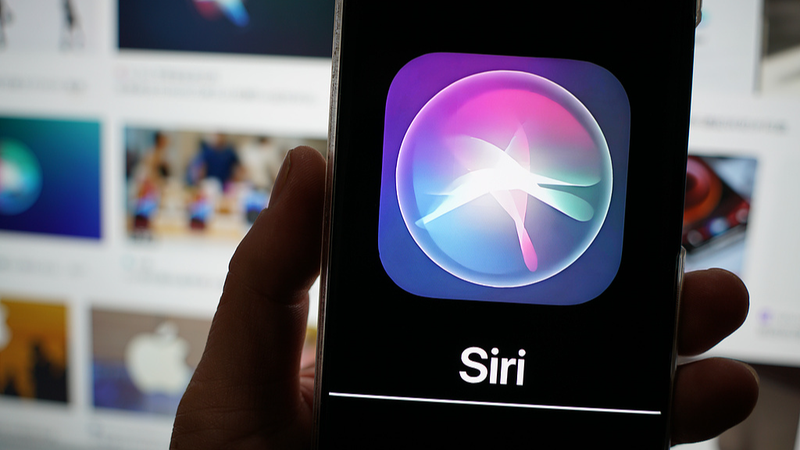Under Florida's clear skies, a SpaceX Falcon 9 rocket thundered off the pad at 11:43 a.m. ET (15:43 GMT) Friday, carrying the Dragon capsule Endeavour and its four-member Crew-11 on a six-month voyage to the International Space Station (ISS).
The four-member Crew-11 roster features NASA astronauts Zena Cardman and Mike Fincke, Japan Aerospace Exploration Agency (JAXA) astronaut Kimiya Yui, and Roscosmos cosmonaut Oleg Platonov—an international team set to expand ISS occupancy to 11 during a brief overlap.
During their six-month stay, the team will simulate lunar landing challenges near the moon's South Pole, using handheld controls and multi-screen displays to gauge how shifting gravity affects piloting—crucial data for future Artemis missions.
Science is also in the spotlight: the crew will study plant cell division in microgravity, test bacteriophage effectiveness against bacteria, and explore methods to boost human stem cell production and on-demand nutrient synthesis—experiments with direct benefits for deep space travel and Earth-based medicine.
Since 2000, the ISS has been humanity's orbiting lab, hosting continuous research that paves the way to Mars and beyond. With decommissioning planned after 2030, each mission brings fresh insights before the station's controlled descent over Point Nemo.
After a handover with Crew-10, which is set to splash down later this year pending favorable weather, the new team will fully take the helm—marking Crew-11 as the latest chapter in NASA's Commercial Crew Program, now in its 11th rotation.
Reference(s):
NASA and SpaceX launch Crew-11 to International Space Station
cgtn.com




